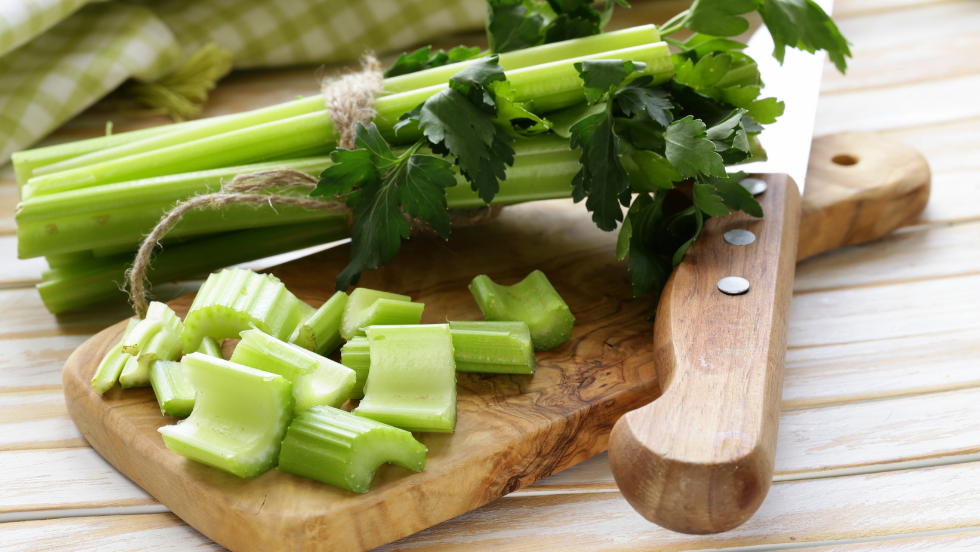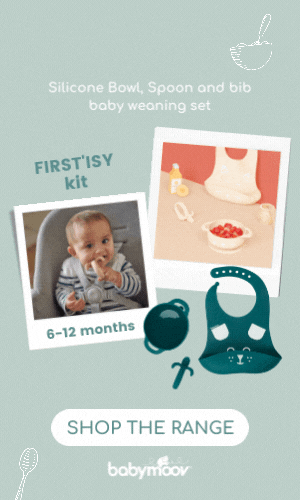Celery root or celeriac

Although celery root or celeriac was considered to be a medicinal plant for a long time, it is now eaten as a vegetable or condiment.
The advantages of celery root
Although the names sound similar, celery stalks and celery root (celeriac) are very different vegetables. We only eat the root of celeriac which comes in the shape of a large ball; we eat the long, thick, green stalks of celery stalk. This often neglected vegetable is making a comeback thanks to its unusual taste when prepared raw or cooked and also thanks to its nutritional properties.
Properties
Celery root (celeriac) is low in calories and low in energy (around 18 Kcal per 100g). So, it needs to be combined with other foods that have a higher calorie content. It is also a good source of minerals (potassium, calcium and magnesium), trace elements (zinc, iron, manganese) and vitamins (A, B, C, E). This vegetable is also high in fibre, which is good for baby’s bowel movement!
Helpful hints
For baby, celery root (celeriac) should be served cooked to begin with, even if it is also possible to eat it as a raw salad vegetable. We recommend you steam it first before giving it to your baby. Celery root (celeriac) is delicious when prepared as a purée. To begin with, combine it with a potato and add a little milk and a knob of butter to get a lovely creamy purée.
As for celery stalk, give to baby in combination with other vegetables in purées or soups. Cut up into small chunks, it goes really well with French beans, courgette, carrot, etc. It’s delicious in a tajine! The leaves can also go into soup and replace parsley.
Celery root and stalks can be introduced into baby’s diet from the 9th month onwards. However, ask your paediatrician first because celery can react in some cases of cross-allergenicity.
Conclusion
Although the somewhat bitter taste of celery root (celeriac) can sometimes be a put-off, it is nevertheless a worthwhile type of food to introduce to your child and will help you vary his diet!


 EN
EN FR
FR NL
NL DE
DE ES
ES




